This article presents a comprehensive overview of ancient Egypt's most influential rulers, from King Narmer to Queen Cleopatra. It examines how their military victories, architectural innovations, religious reforms, and dynastic leadership shaped over 2,000 years of Egyptian civilization. Highlighting both pharaohs and queens, the piece explores the symbolism of kingship, the impact of royal succession, and the enduring legacy of their rule.
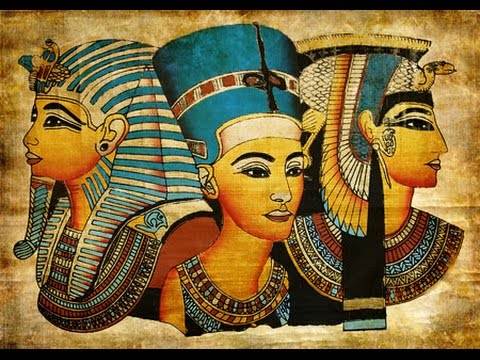
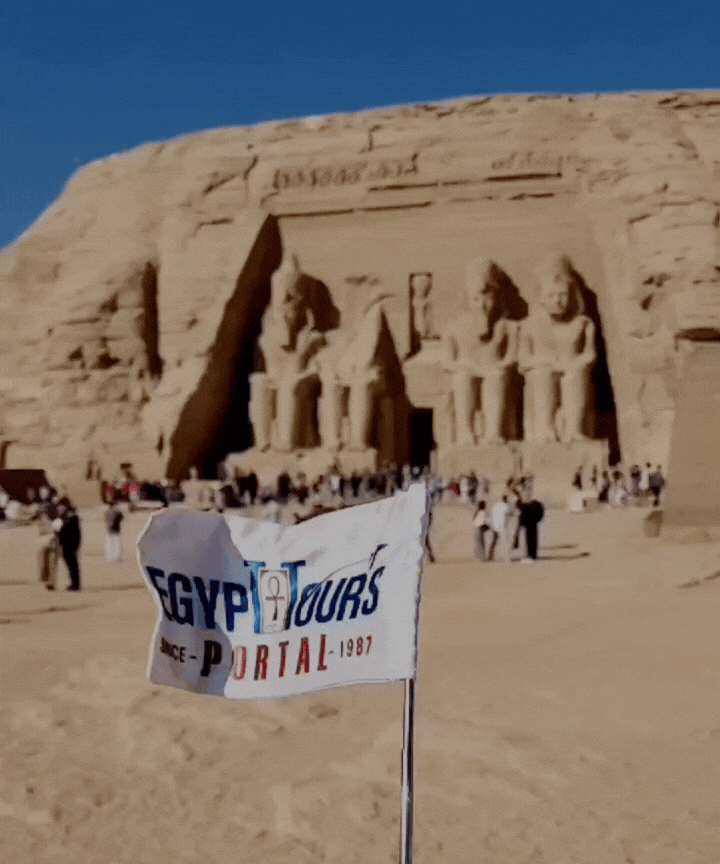
The history of ancient Egypt dates back to more than 5000 years, where the greatest men and women this civilization can offer were able to change the course of history and create an immortal legacy and heavenly heritage. Explore all the information relating to these ancient Egyptian pharaohs and see how the great civilization of Egypt shifted over the years.
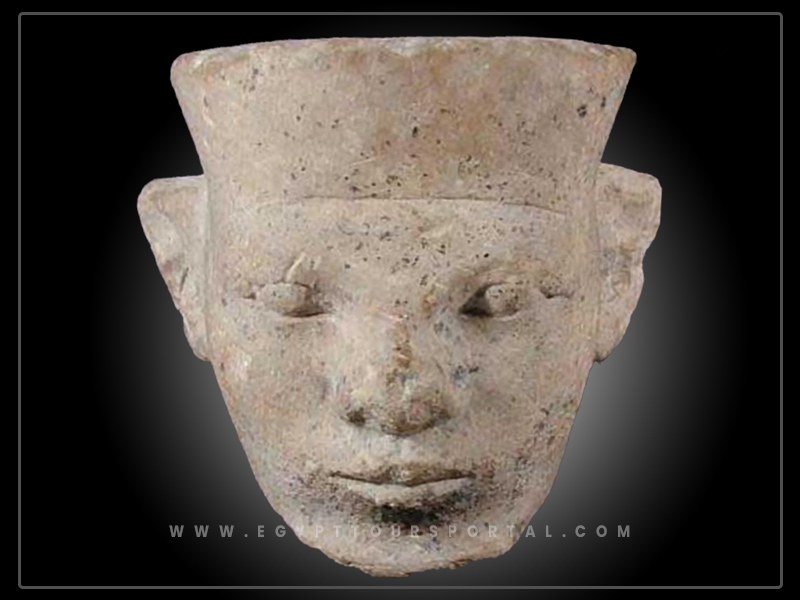
King Narmer, also known as Menes, is widely celebrated as the unifier of Upper and Lower Egypt, marking the start of the First Dynasty and the Early Dynastic Period around 3150 BC. His unification of Egypt is a foundational moment, establishing one of history’s most enduring civilizations. The Narmer Palette, a symbolic artifact found at Hierakonpolis and now displayed in the Grand Egyptian Museum, captures this achievement.
It depicts Narmer wearing both the White Crown of Upper Egypt and the Red Crown of Lower Egypt, symbolizing his control over both regions. This monumental act of unification laid the groundwork for centralized governance, where Menes set up Memphis as Egypt's capital, serving as an administrative and political center.
Menes’ establishment of a centralized state spurred advancements in agriculture, irrigation, trade, and art, setting Egypt on a path toward monumental architecture and powerful dynastic rule. His divine kingship, believed to be endorsed by the ancient Egyptian gods, reinforced the pharaoh’s role as a god-king, a theme that would influence Egyptian ideology for millennia. Menes’ legacy as the “first pharaoh” continues to be revered as a symbol of Egyptian identity and resilience.
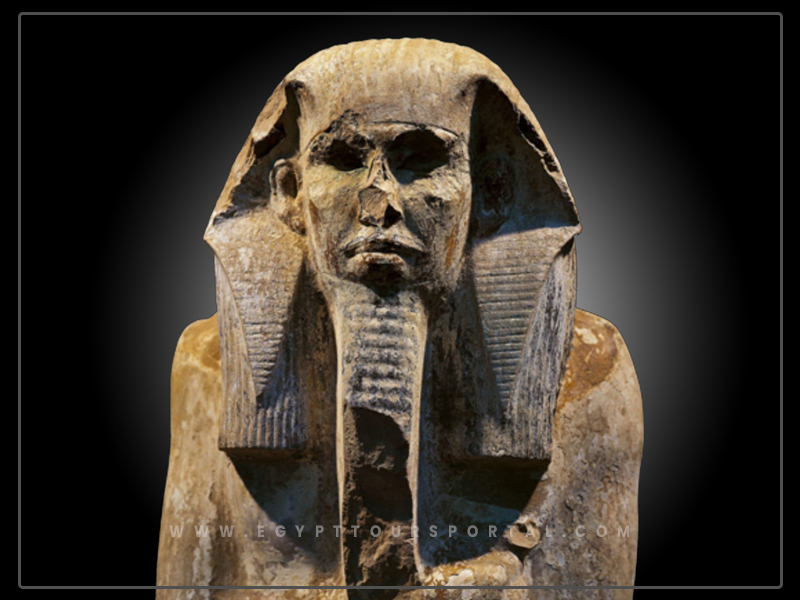
King Zoser, also known as Djoser, was a prominent ruler of the Third Dynasty whose reign marked significant advancements in architecture and centralized power. His era (c. 2686–2648 BC) is distinguished by the construction of Egypt’s first monumental stone structure, the Step Pyramid at Saqqara.
Designed by his architect and high priest, Imhotep, the pyramid reflects a revolutionary shift from mudbrick to limestone, symbolizing Zoser’s divine status and Egypt’s growing architectural ambition. The Step Pyramid complex, more than just a tomb, served as a grand ceremonial and ritual center, emphasizing the god-like status of the king. Zoser’s limestone statue, now housed in the Egyptian Museum, is among the earliest known life-sized statues, capturing the artistic excellence of his time.
His centralized control over resources and labor enabled large-scale construction, reinforcing the power of the pharaoh and showcasing Egypt’s organizational capabilities. Djoser’s legacy is immortalized in the Step Pyramid, a structure that set a precedent for future royal tombs and underscored the pharaoh’s divine connection with the gods.
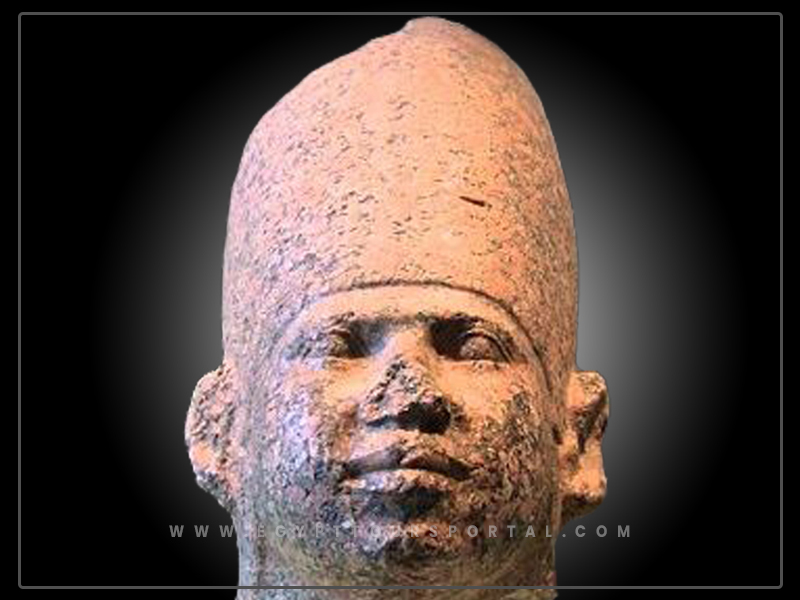
King Snefru, the founder of the Fourth Dynasty, reigned around 2613–2589 BC and is known for pioneering the “true” pyramid form, setting a new standard for royal tombs. Snefru’s architectural experiments began with the Meidum Pyramid, followed by the Bent Pyramid at Dahshur, which reflects an evolution in design. His ultimate success was the Red Pyramid at Dahshur, the first smooth-sided pyramid in Egypt, symbolizing his determination and innovation.
These pyramids were not only burial places but symbols of his power and divinity, displaying the advancement of Egyptian engineering. Snefru’s extensive projects required a highly organized state, skilled labor, and substantial resources, reflecting the stability of his rule. His reign laid the groundwork for future pyramid builders, especially his successor Khufu, and demonstrated Egypt’s architectural prowess.
Snefru’s focus on creating grand Egyptian tombs solidified the Fourth Dynasty’s reputation, and his innovative contributions would influence the construction of the iconic Giza pyramids that followed.
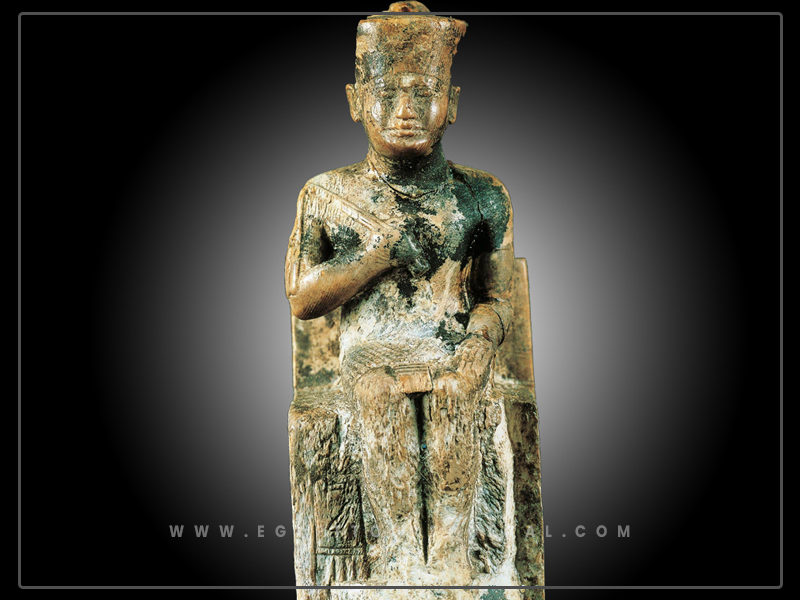
Khufu, son of Snefru, ruled from approximately 2589–2566 BC and is best known for constructing the Great Pyramid at Giza, one of the Seven Wonders of the Ancient World. This massive structure, built with over two million limestone blocks averaging 2.5 tons each, required incredible organization, labor, and engineering skill.
Khufu’s pyramid is unique not only for its size but also for its burial chamber location at the pyramid's center, a feature that highlighted both structural ingenuity and Khufu’s desire for eternal protection. The construction mobilized thousands of skilled workers and artisans, symbolizing Egypt’s wealth and centralized power.
Khufu’s reign left a lasting legacy in the form of the Great Pyramid, a symbol of Egypt’s architectural ambition and the pharaoh’s divine status. This project set a high standard for subsequent rulers and established Giza as a royal necropolis, inspiring awe and wonder for millennia.
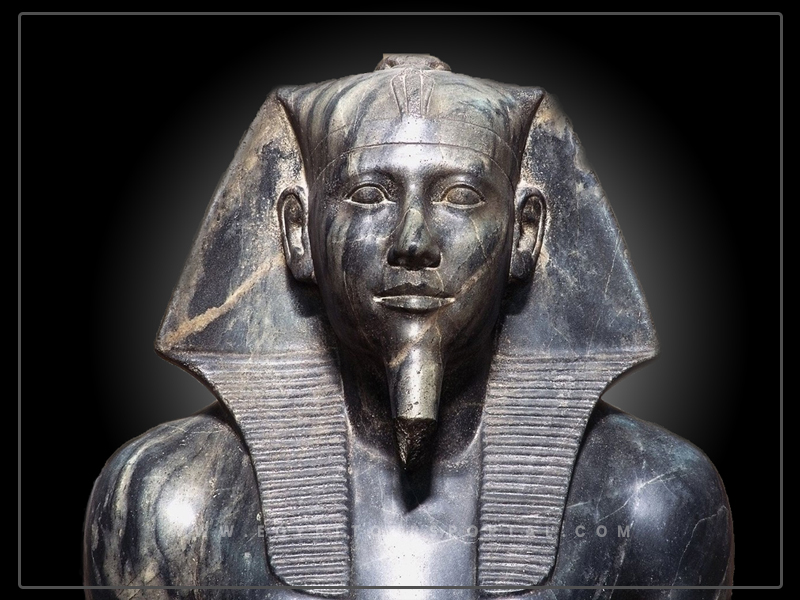
King Khafre, likely the son of Khufu, reigned during the Fourth Dynasty (c. 2570–2544 BC) and continued his father’s legacy by building the second-largest pyramid at Giza. He is also credited with commissioning the Great Sphinx, a monumental limestone statue with a lion’s body and a human face believed to resemble Khafra.
The Sphinx serves as a guardian of the Giza plateau and symbolizes Khafra’s divine and protective role as pharaoh. His pyramid complex, which includes valley temples and causeways, reflects his connection to the gods and his responsibility as Egypt’s ruler.
Khafra’s reign is often celebrated for its contributions to Egyptian art, with sculptures that showcase fine craftsmanship and realistic detail. His efforts in constructing these monumental structures illustrate the grandeur and power of the Fourth Dynasty, reinforcing the pharaoh’s role as both a god-king and a protector of Egypt’s people and culture.

Menkaure, likely Khafra’s son, ruled during the Fourth Dynasty (c. 2532–2503 BC) and constructed the third pyramid at Giza, known for its smaller size but exceptional detail and design. Menkaure’s reign is often associated with values of justice and compassion, as he focused on promoting peace and upholding Ma’at, the Egyptian concept of balance and order.
His pyramid complex includes statues depicting him alongside deities such as Hathor, emphasizing his close relationship with the gods and his role in maintaining divine harmony. Menkaure’s compassion extended to his family, as seen in his burial of his daughter in a golden coffin within his pyramid.
Although his reign was shorter, Menkaure left a legacy of dedication to spiritual values, which is reflected in the unique design and artifacts within his pyramid. His contributions to the Giza complex underscore his role as a ruler who valued tradition, piety, and a legacy of peace and balance.
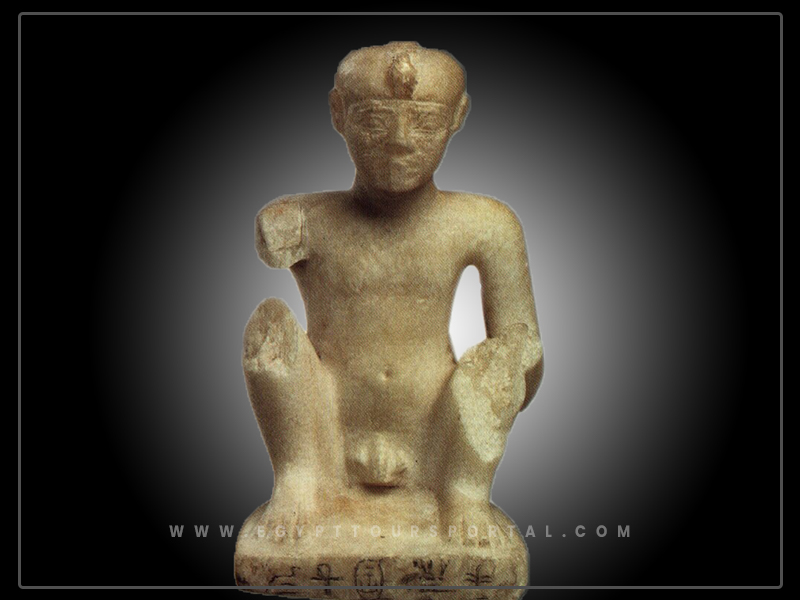
Pepi II, who ruled from around 2278–2184 BC during the Sixth Dynasty, is believed to have had one of the longest reigns in history, spanning potentially 94 years from childhood to old age. His lengthy rule began during a time of prosperity, with Egypt engaging in ancient Egyptian trade with regions like Nubia and expanding its influence through diplomacy and exploration. However, as Pepi II aged, local governors gained more power, which weakened the centralized authority of the pharaoh.
This decentralization marked the beginning of the Old Kingdom’s decline, as regional leaders asserted independence and economic stability waned. Pepi II’s prolonged reign illustrates both the strengths and vulnerabilities of Egyptian governance, as his inability to fully control regional power foreshadowed the First Intermediate Period.
His later years highlight the challenges of maintaining unity over an extended rule, as Egypt’s political structure began to fragment, impacting its overall stability and economic growth.
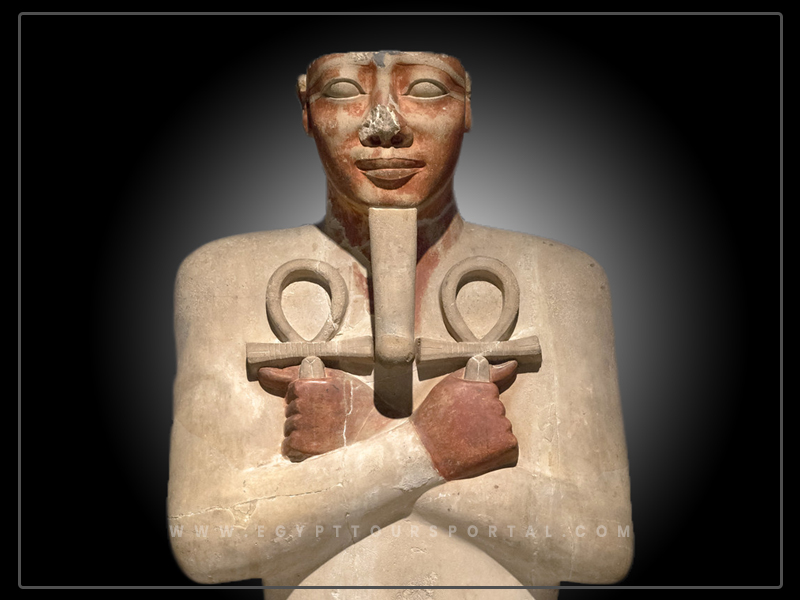
Senusret I, also known as Sesostris I, ruled during the Twelfth Dynasty from 1971–1926 BC and is remembered for his focus on peace, prosperity, and cultural development. A significant achievement of his reign was the expansion of agricultural land, particularly through irrigation projects in the Faiyum region, which increased food security and bolstered the ancient Egyptian economy.
Senusret was a great patron of architecture and religious projects, with his White Chapel at Karnak considered a masterpiece of Middle Kingdom design. His rule was characterized by cultural and economic consolidation, as Egypt maintained internal peace and expanded its borders southward, solidifying its influence over Nubia.
Senusret’s contributions provided a foundation for future pharaohs to pursue both military and infrastructure advancements. His achievements in ancient Egyptian architecture, agriculture, and administration helped to solidify Egypt’s power and influence, creating a legacy that strengthened the Twelfth Dynasty and marked a period of stability and growth in Egyptian history.
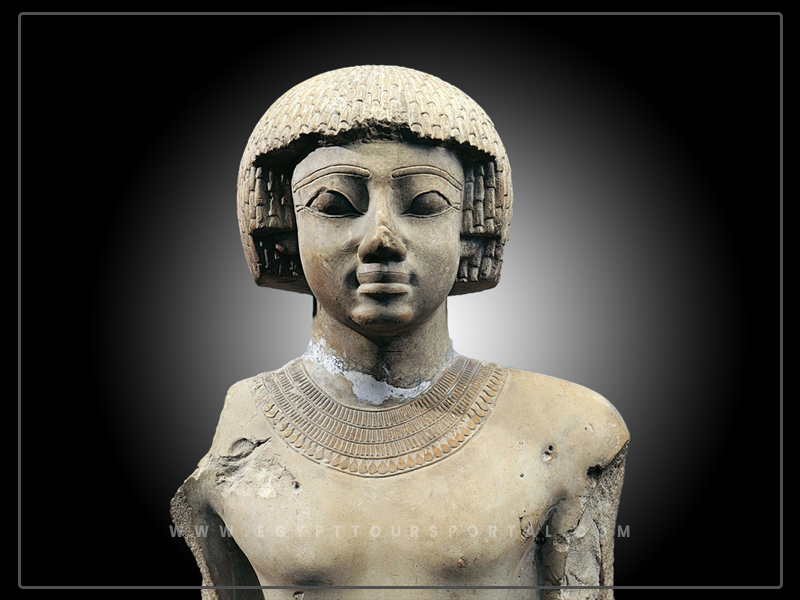
Ahmose I, who ruled from around 1549–1524 BC, was the first pharaoh of the Eighteenth Dynasty and played a vital role in reuniting Egypt after the Second Intermediate Period. He expelled the Hyksos invaders, reclaiming Egypt’s territories and restoring its sovereignty. His military campaigns extended Egypt’s influence into Canaan and Nubia, establishing a stronger and wealthier state.
Ahmose initiated building projects, including the construction of temples and the expansion of the Karnak Temple complex, symbolizing his commitment to revitalizing Egypt’s cultural and religious identity. By restoring centralized power, Ahmose’s rule marked the beginning of the New Kingdom, Egypt’s most prosperous era.
His accomplishments laid the groundwork for Egypt’s imperial expansion, and his efforts in administration, military strategy, and building projects are celebrated as foundational to Egypt’s Golden Age. His legacy set the stage for a unified, powerful, and culturally vibrant empire that would thrive under subsequent rulers.
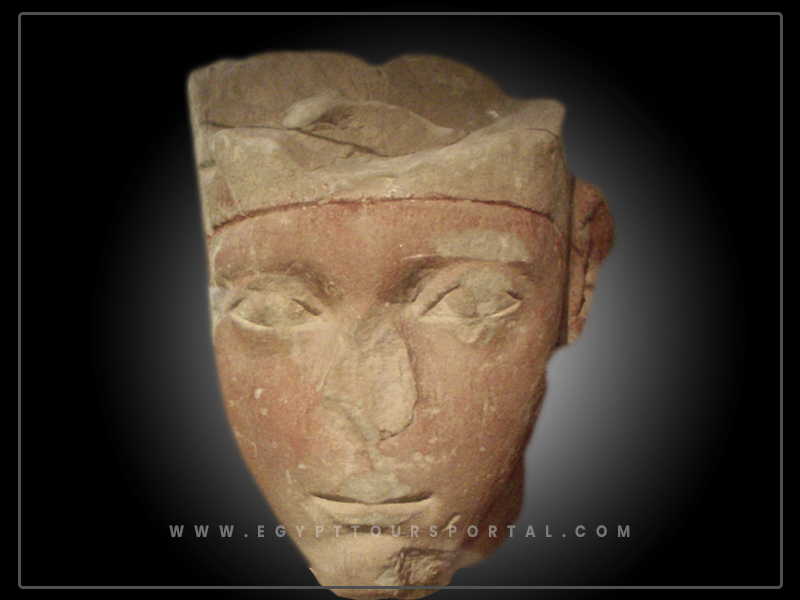
Amenhotep I, son of Ahmose I, ruled Egypt during the early New Kingdom, succeeding his father’s efforts to solidify Egypt’s borders and expand its influence. His reign, which lasted from around 1525 to 1504 BC, is noted for consolidating Egypt’s military strength, fostering trade, and enriching the economy. Amenhotep established the Valley of the Kings as the new burial ground for Egypt’s pharaohs, setting a precedent for future royal tombs that would symbolize eternal life.
Highly respected by the workers at Deir el-Medina, Amenhotep became deified posthumously and was worshiped as a patron deity of the necropolis. His peaceful reign allowed a focus on monumental construction, with temples and statues enhancing Egypt’s cultural landscape.
Known for his patronage of the arts, he commissioned numerous statues and religious structures, strengthening Egypt’s devotion to the gods. Amenhotep I's balanced approach of military strength and cultural enrichment set the stage for the New Kingdom's prosperity and underscored Egypt’s legacy as a powerful, spiritually significant civilization.
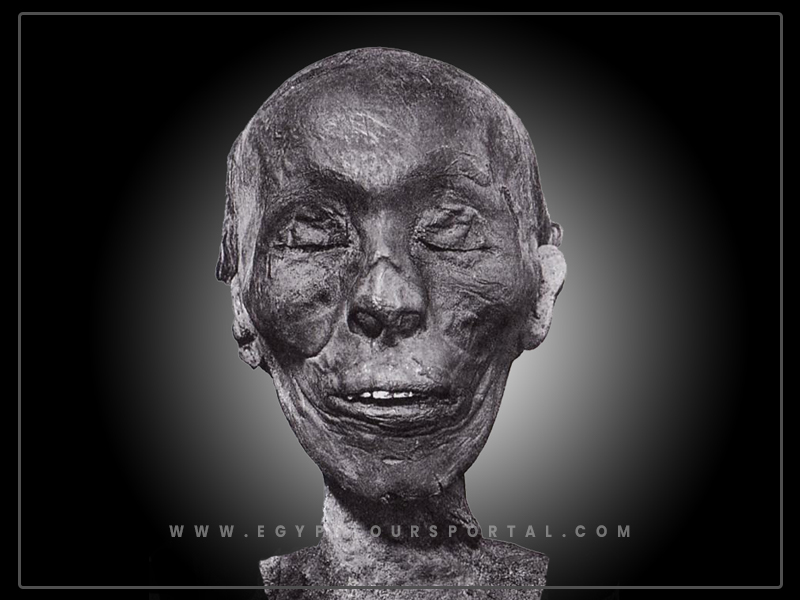
Thutmose II, who ruled around 1493 to 1479 BC, was the son of Thutmose I and husband of the future powerful ruler, Hatshepsut. Although his reign was brief, his rule is marked by maintaining Egypt’s influence in Nubia and the Levant, using limited but effective military campaigns.
His marriage to Hatshepsut strengthened his royal legitimacy, showcasing the role of political alliances in Egyptian dynastic succession. Despite being less focused on large-scale conquests, Thutmose II kept Egypt stable, ensuring its prosperity. His health may have been fragile, and his untimely death allowed Hatshepsut to become regent and eventually take the throne.
Although he did not achieve monumental building projects himself, his legacy lives on through Hatshepsut’s ambitious architectural achievements, which elevated Egypt’s stature. Thutmose II’s reign, though short, served as a bridge between the strong rule of his father and the transformative influence of Hatshepsut, helping to secure Egypt’s stability during a pivotal period.
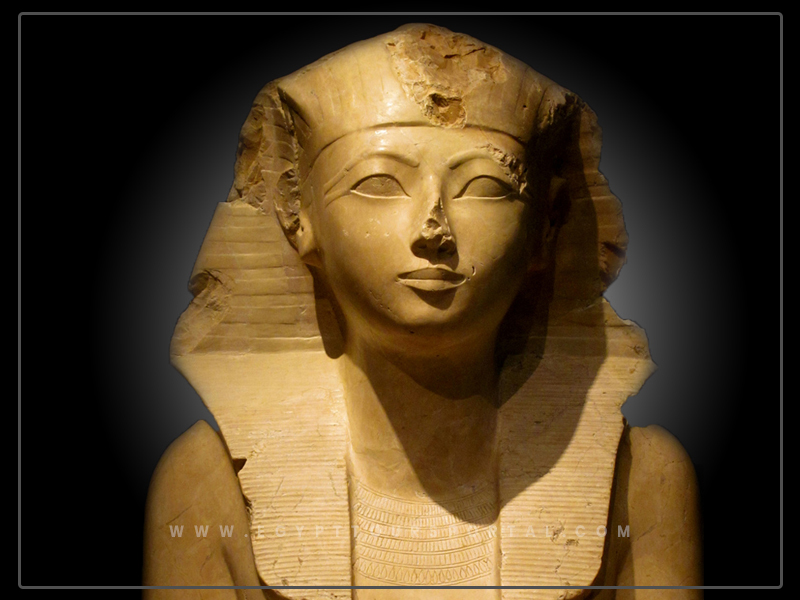
Queen Hatshepsut, who ruled from around 1473 to 1458 BC, was one of ancient Egypt’s most remarkable leaders, known for her audacity in declaring herself pharaoh despite societal norms. Originally a regent for her young stepson Thutmose III, Hatshepsut soon assumed full control, presenting herself as a male ruler in statues and inscriptions to reinforce her legitimacy.
Her reign is best known for the flourishing trade mission to Punt, which brought exotic goods like myrrh, frankincense, and ebony, greatly enriching Egypt’s economy. She commissioned numerous architectural wonders, including her mortuary temple at Deir el-Bahri, a structure of exceptional beauty that reflects her vision and commitment to Egypt’s gods.
Hatshepsut’s reign was peaceful and prosperous, focusing on economic and cultural achievements rather than military campaigns. Her leadership demonstrated a unique and progressive form of female authority, challenging gender roles while cementing her legacy as one of Egypt’s greatest pharaohs. Her accomplishments in trade and construction left an enduring mark on Egyptian history, securing her a revered place in the pantheon of Egyptian rulers.
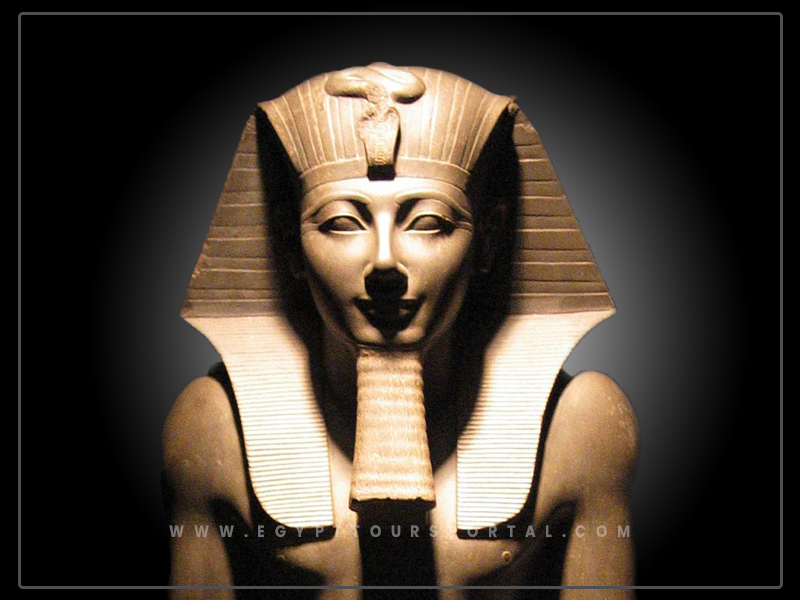
Thutmose III, who reigned from around 1479 to 1425 BC, is often called the “Napoleon of Egypt” due to his military acumen and vast empire-building campaigns. After Hatshepsut’s death, he assumed full power and led 17 successful military campaigns across the Levant, expanding Egypt’s influence from Nubia in the south to the Euphrates River in the north.
Thutmose III’s campaigns amassed great wealth for Egypt, bringing tribute and establishing Egyptian control over numerous territories. His reign was characterized by strategic governance, as he installed loyal officials in conquered lands to ensure continued Egyptian dominance.
Thutmose III also undertook significant construction projects, especially at the Karnak Temple, where he added magnificent structures that displayed his devotion to Amun, Egypt’s chief deity. His combination of military prowess, administrative skill, and religious dedication made Thutmose III one of Egypt’s most successful and revered pharaohs, solidifying its status as a dominant power in the ancient world.
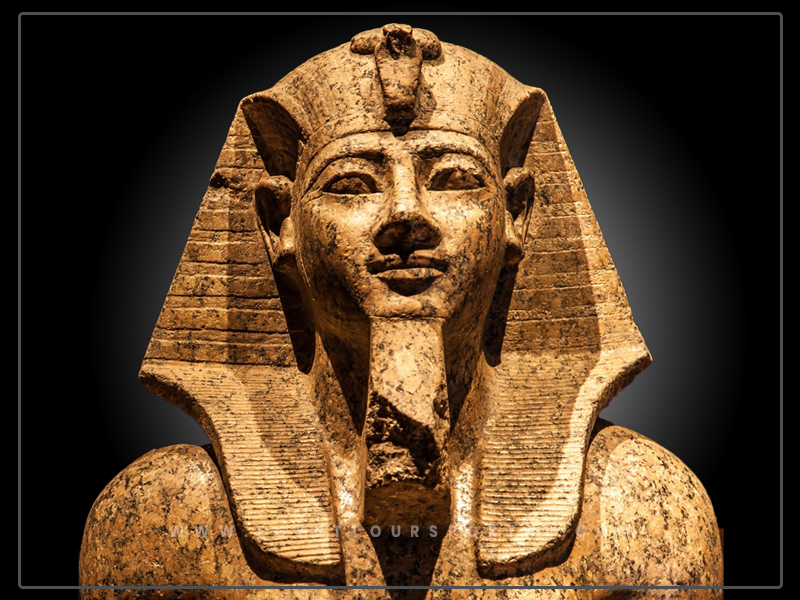
Amenhotep II, who ruled from around 1427 to 1401 BC, was a vigorous and athletic ruler known for his physical prowess and devotion to maintaining Egypt’s dominance through military might. He continued the expansionist policies of his father, Thutmose III, leading campaigns in Syria and Nubia to strengthen Egypt’s influence. Amenhotep II’s athleticism and strength were celebrated in inscriptions, reinforcing his image as a warrior-king and protector of Egypt.
He is also known for defacing the monuments of Hatshepsut to solidify his family’s claim to the throne, demonstrating the complex nature of royal legitimacy in the 18th Dynasty. In his later years, Amenhotep II focused on consolidating Egypt’s territories rather than expanding them further, maintaining a stable empire.
His reign exemplified a balance between military achievements and reinforcing traditional religious practices, as he upheld the pharaoh’s role as both a divine intermediary and a powerful ruler. His leadership reinforced Egypt’s strength and cultural identity, leaving a legacy of resilience and continuity.

King Amenhotep IV "Akhenaton" was an 18th Dynasty pharaoh who ruled Egypt during the New Kingdom from 1353 to 1336 BC. He ruled for less than twenty years, but his reign had a great impact as he desired to enforce monotheism by worshipping Aton, the sun god, only despite Egypt's polytheistic nature at the time.
Akhenaten came to the throne at a time when the priests of Amun were wealthy and powerful, even more than the king himself. In the fifth year of his reign, Akhenaten built a temple to Aten at Karnak during the first few years of his reign and a new capital at Amarna called Akhetaten, which is located in Menya about 350 KM south of Cairo.
He changed his name and declared Aten the only deity in Egypt. The military supported this move at the beginning of his reign, but many people still worshipped the old deities in private. His wife Nefertiti was an important part of his religious revolution, plus the rituals and depictions of her making sacrifices exist at Amarna.
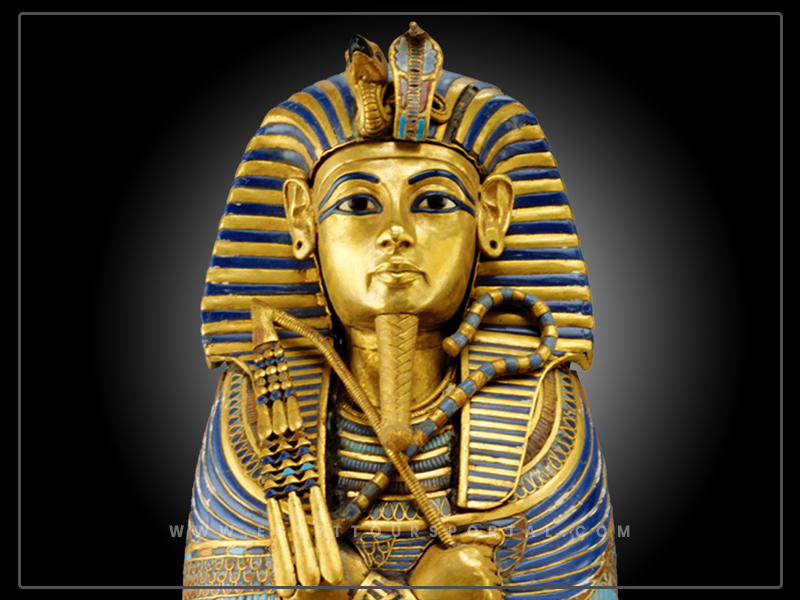
King Tutankhamun was the youngest ancient Egypt pharaoh who ruled Egypt from the 18th Dynasty, during the New Kingdom from 1334 till 1325 BC, and the best-known pharaoh all around the world. He was the son of Akhenaten and became pharaoh at the age of nine.
During the first year of his reign, Tutankhamun left Amarna and remade Thebes as his capital and restored the cults of the old deities. His regent was Horemheb, who was a senior military official. King Tutankhamun restored the power of Thebes and died after around ten years of rule.
Later scribes excluded his name from many of the kings’ lists, and people forgot his rule. For this reason, tomb-robbers never found his tomb in the Valley of the Kings as it was well hidden. His treasures and his body were found at the Valley of the Kings in 1920 and transferred to the Egyptian Museum in Cairo, then to the Grand Egyptian Museum.
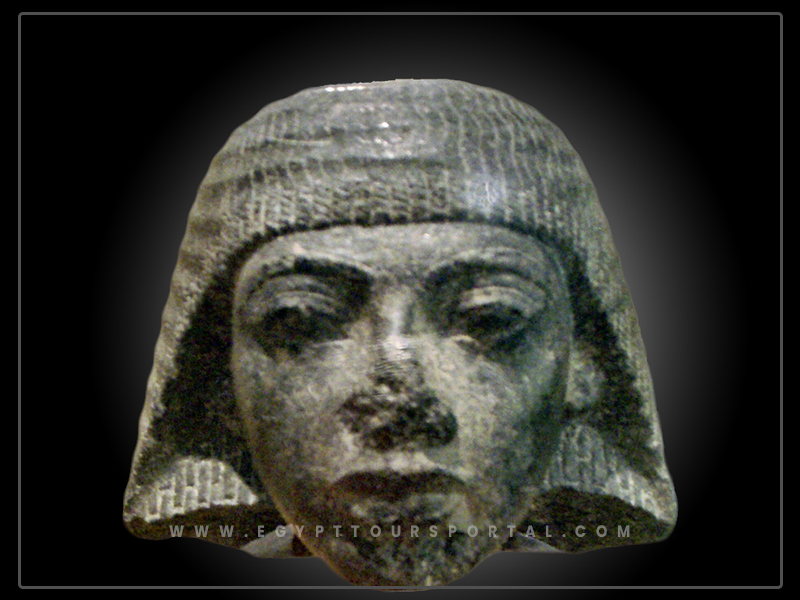
Ramses I, founder of the Nineteenth Dynasty, ascended to the throne later in life, around 1292 BC, after serving as a trusted military leader under Pharaoh Horemheb. Although his reign was brief, lasting about two years, he played a crucial role in restoring stability to Egypt after Akhenaten’s religious reforms.
Recognizing the importance of continuity, he appointed his son, Seti I, as co-regent, ensuring a smooth transition of power. Ramses I also began restoring Egypt’s traditional religious practices, re-establishing the power of the Amun priesthood.
Despite his short time on the throne, his legacy endured through his descendants, particularly his grandson Ramses II, who would lead Egypt to unprecedented prosperity. Ramses I’s efforts laid the foundation for the Nineteenth Dynasty’s prominence, making him a key figure in Egypt’s New Kingdom resurgence.
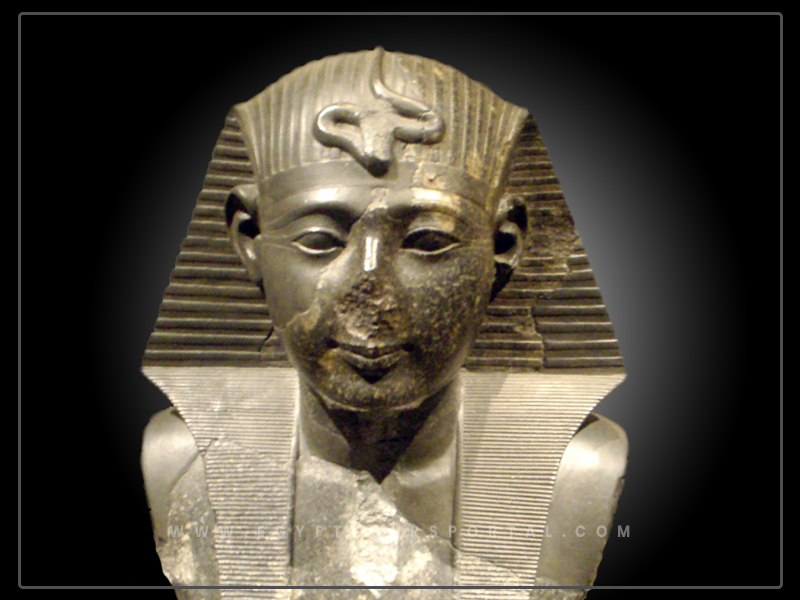
Seti I, son of Ramses I, ruled from 1290 to 1279 BC and is remembered as a powerful military leader and skilled administrator. His campaigns in Canaan, Syria, and Libya reasserted Egypt’s influence and secured its borders. Seti I also made significant contributions to Egypt’s religious and cultural heritage, particularly through the construction of the magnificent Temple of Seti I at Abydos, dedicated to Osiris.
He took care to restore temples that had been neglected or defaced during Akhenaten’s reign, reestablishing the country’s traditional polytheistic worship. His strong administration and focus on religious revival provided a solid foundation for his son, Ramses II, to expand Egypt’s power. Seti I’s reign strengthened Egypt’s cultural and political influence, solidifying the Nineteenth Dynasty’s legacy as one of the most powerful in ancient Egyptian history.
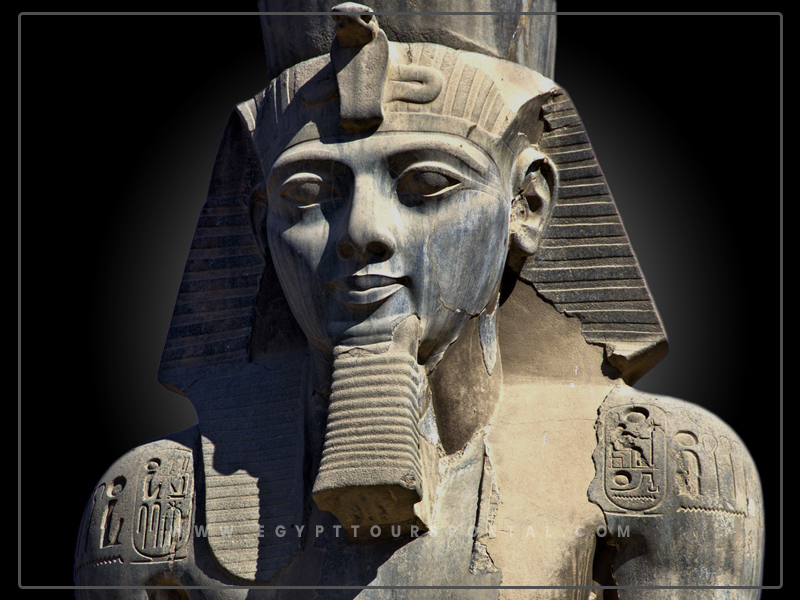
Ramses II ascended to the throne of Egypt in 1279 B.C at the age of 25 years old after the death of his father Seti I, and his reign lasted for 67 years until 1213 BC. He was able to develop a strong economy and maintain Egypt's prosperity for a long time. He constructed many temples within the land of Karnak, like the temple of Khonsu plus the great temple of Abu Simbel at Aswan, and the Hall of Columns in the Karnak Temple Complex.
He protected his empire against many enemies like Libyans, Syrians, Nubians, and the Hittites during the battle of Kadesh in 1275 BC, which ended in the first documented peace treaty. He had about 200 wives most famous of them was his beloved & main wife Nefertari, and had about 111 sons and 51 daughters.
He declared himself a god before the tenth year of his reign and outlived his twelve oldest sons. He died in 1213 B.C at the age of 90 years old, his body was in the Valley of the Kings in Luxor, then it was moved to the Grand Egyptian Museum in Cairo.

King Merenptah, the thirteenth son of Ramses II, came to power in 1213 BC, inheriting an Egyptian empire that faced growing threats from external forces. His reign of about ten years was defined by military conflicts and ancient Egyptian battles, particularly against the enemies of ancient Egypt, which included the Libyans and the Sea Peoples, who sought to invade Egypt. Merenptah managed a decisive victory over the Libyans, capturing and killing thousands, which demonstrated Egypt’s enduring military strength.
His “Israel Stele” commemorates these campaigns and contains the earliest known written reference to Israel, reflecting Egypt's influence in Canaan. Although Merenptah’s efforts protected Egypt’s borders for a time, economic troubles and regional instability marked the end of his reign, foreshadowing challenges that would continue after his death.
His leadership underscored a transitional period where defending Egypt’s dominance became increasingly challenging amidst mounting internal and external pressures.
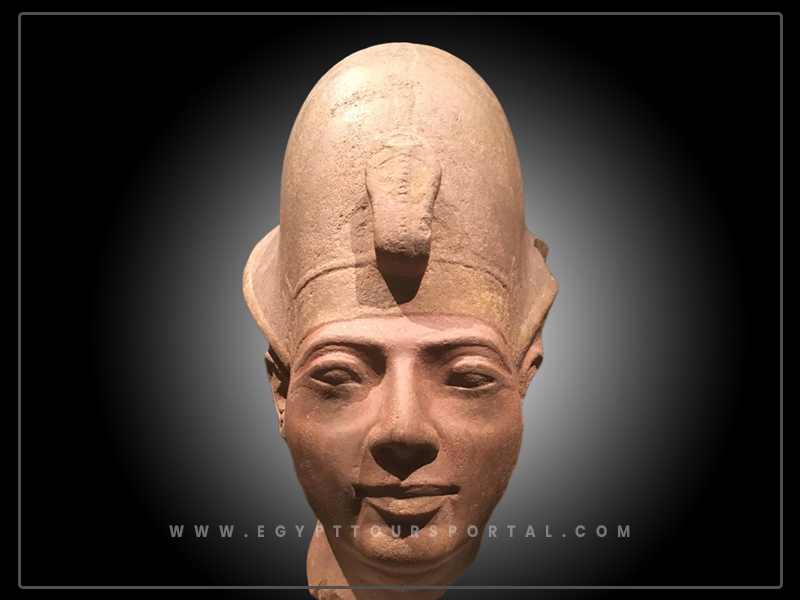
Ramses III was a ruler from the 20th Dynasty of the New Kingdom whose reign lasted from 1186 to 1155 BC. The records show that he was not a relative of the previous Ramses dynasty despite carrying their name. After his predecessor Twosret’s death, there was a period of lawlessness that Sethnakht, Ramses 3rd’s father, ended. He had to fight various invaders trying to take advantage of Egypt’s internal turmoil.
He built a mortuary temple in the Theban Necropolis and various other constructions. He reorganized the temple administrations and land allocations. By the end of Ramses 3rd’s thirty-one-year reign, one-third of the farmland belonging to the temples which caused food shortages and led to one of the first recorded strikes of the workers at Deir el-Medina.
It also led to a weakening in the power of the pharaoh and the central government. The previous kings mentioned were the most famous and important kings who had a great influence on Egyptian history and civilization.
It’s important to mention also that the descent of kingship was usually from father to son, but the role of mothers and queens was equally important because the successor was a son of the king by the chief royal wife only. During Egyptian history, the role of the queen was as a symbol of power, creation, and rebirth.
You can discover more about this immortal pharaonic civilization by booking one of our best Egypt tours and visiting the stunning attractions while being onboard a majestic Nile river cruise, which contains the history and the legacy of these everlasting names.
Private 4 Days Cairo Tour Packages for Canadian Travelers 4 days Cairo Egypt Tour pa...
Tour Location: Cairo – Giza...
5 Days Cairo and Alexandria Tour Package For Canadian Travelers 5 days Cairo and Ale...
Tour Location: Cairo/Giza/Alexandria...
6 Days Cairo, Luxor & Aswan Tour Package For Canadian Travelers 6 days Cairo, Lu...
Tour Location: Cairo/Giza/Aswan/Luxor...
Amazing 7 Days Cairo and Hurghada Holiday for Canadian Travelers 7 Days Cairo & ...
Tour Location: Cairo – Giza – Hurgh...
The most famous Egyptian ruler is Tutankhamun, known for the discovery of his lavishly furnished tomb in 1922, which captivated global attention. Ramses II is also highly celebrated for his military and architectural achievements. Both pharaohs symbolize Egypt, Tutankhamun for his treasures and Ramses II for his long, accomplished reign.
The first ruler of unified Egypt was King Menes (Narmer), around 3150 BC. He united Upper and Lower Egypt, established the First Dynasty, and founded Memphis as the capital, setting the foundation for centralized rule that lasted over 3,000 years. His reign marked the beginning of Egypt's pharaonic tradition.
Ramses II, or Ramses the Great, is regarded as Egypt’s greatest pharaoh. He ruled for 67 years, led significant military campaigns, and built monumental structures like Abu Simbel and the Karnak expansion. His reign brought economic, cultural, and architectural prosperity, cementing his status as a legendary ruler.
Akhenaten is often seen as a controversial or “bad” king due to his radical religious reforms. He promoted monotheism by worshipping Aten, the sun disk, and moved Egypt’s capital to Akhetaten, disrupting religious and social stability. After his death, traditional practices were restored, and his legacy was largely erased.
The entire country of Egypt deserve to be explored with its every heavenly detail but there are places that must be seen before any other such as the breathtaking Hurghada's red sea, The wonders of Cairo the pyramids of Giza, the great sphinx, the Egyptian Museum, Khan El Khalili Bazaar, the wonders of Luxor like Valley of the Kings, Karnak & Hatshepsut temple and the wonders of Aswan such as Abu Simbel temples, Philea temple, Unfinished obelisk and The Wonders of Alexandria like Qaitbat Citadel, Pompey's Pillar and Alexandria Library. Read more about the best places to visit in Egypt.
If you want to apply for a Visa On Arrival that lasts for 30 days then you should be one of the eligible countries, have a valid passport with at least 6 months remaining and pay 25$ USD in cash, as for the E-Visa for 30 day you should have a valid passport for at least 8 months, complete the online application, pay the e-visa fee then print the e-visa to later be presented to the airport border guard. You could also be one of the lucky ones who can obtain a free visa for 90 days. Read more about Egypt travel visa.
Egypt has a variety of delicious cuisines but we recommend “Ful & Ta’meya (Fava Beans and Falafel)”, Mulukhiya, “Koshary”, a traditional Egyptian pasta dish, and Kebab & Kofta, the Egyptian traditional meat dish.
The best time to travel to Egypt is during the winter from September to April as the climate becomes a little tropical accompanied by a magical atmosphere of warm weather with a winter breeze. You will be notified in the week of your trip if the Climate is unsafe and if any changes have been made.
You should pack everything you could ever need in a small bag so you could move easily between your destinations.
We have been creating the finest vacations for more than 20 years around the most majestic destinations in Egypt. Our staff consists of the best operators, guides and drivers who dedicate all of their time & effort to make you have the perfect vacation. All of our tours are customized by Travel, Financial & Time consultants to fit your every possible need during your vacation. It doesn't go without saying that your safety and comfort are our main priority and all of our resources will be directed to provide the finest atmosphere until you return home.
You will feel safe in Egypt as the current atmosphere of the country is quite peaceful after the government took powerful measures like restructuring the entire tourist police to include all the important and tourist attractions in Egypt. Read more about is it safe to travel to Egypt.
Wear whatever feels right and comfortable. It is advised to wear something light and comfortable footwear like a closed-toe shoe to sustain the terrain of Egypt. Put on sun block during your time in Egypt in the summer to protect yourself from the sun.
The best activity is by far boarding a Nile Cruise between Luxor and Aswan or Vise Versa. Witness the beauty of Egypt from a hot balloon or a plane and try all the delicious Egyptian cuisines and drinks plus shopping in old Cairo. Explore the allure and wonders of the red sea in the magical city resorts of Egypt like Hurghada and many more by diving and snorkeling in the marine life or Hurghada. Behold the mesmerizing western desert by a safari trip under the heavenly Egyptian skies.
There are a lot of public holidays in Egypt too many to count either religious or nation, the most important festivals are the holy month of Ramadan which ends with Eid Al Fitr, Christmas and new years eve. Read more about festivals & publich holidays in Egypt.
Egypt is considered to be one of the most liberal Islamic countries but it has become a little bit conservative in the last couple of decades so it is advised to avoid showing your chest, shoulders or legs below the knees.
Arabic is the official language and Most Egyptians, who live in the cities, speak or understand English or at least some English words or phrases. Fewer Egyptians can speak French, Italian, Spanish, and German. Professional tour guides, who work in the tourism sector, are equipped to handle visitors who cannot speak Arabic and they will speak enough English and other languages to fulfill the needs of all our clients.
The fastest way is a car, of course, a taxi. If you are in Cairo ride a white taxi to move faster or you could board the fastest way of transportation in Egypt metro if the roads are in rush hour.
The temperature in Egypt ranges from 37c to 14 c. Summer in Egypt is somehow hot but sometimes it becomes cold at night and winter is cool and mild. The average of low temperatures vary from 9.5 °C in the wintertime to 23 °C in the summertime and the average high temperatures vary from 17 °C in the wintertime to 32 °C in the summertime. The temperature is moderate all along the coasts.
It is the home of everything a traveler might be looking for from amazing historical sites dating to more than 4000 years to enchanting city resorts & beaches. You will live the vacation you deserve as Egypt has everything you could possibly imagine.









